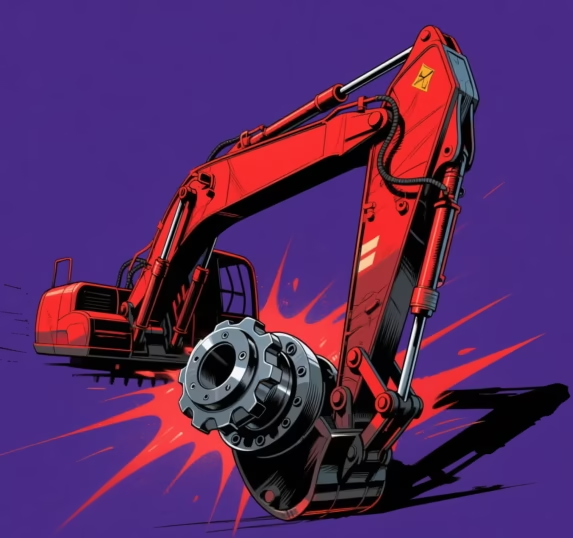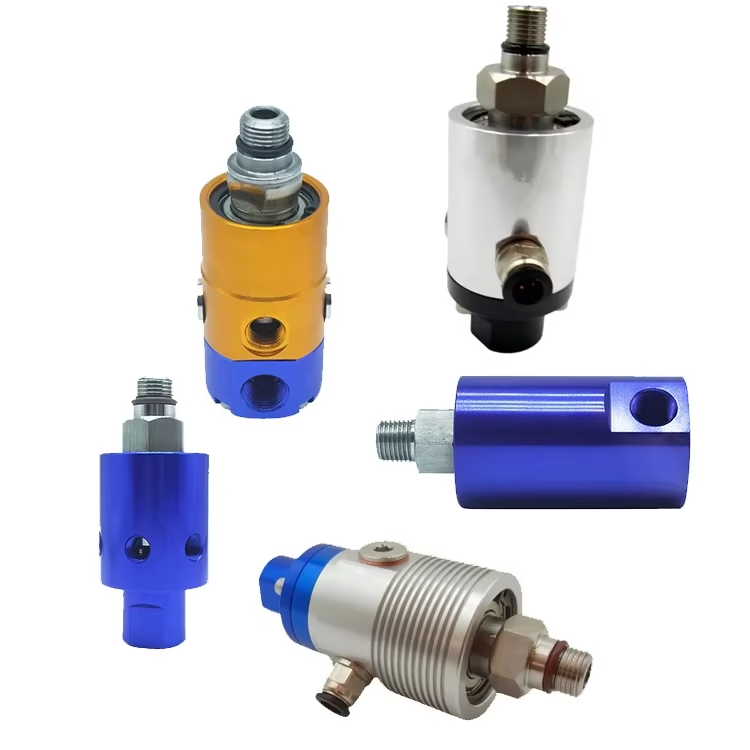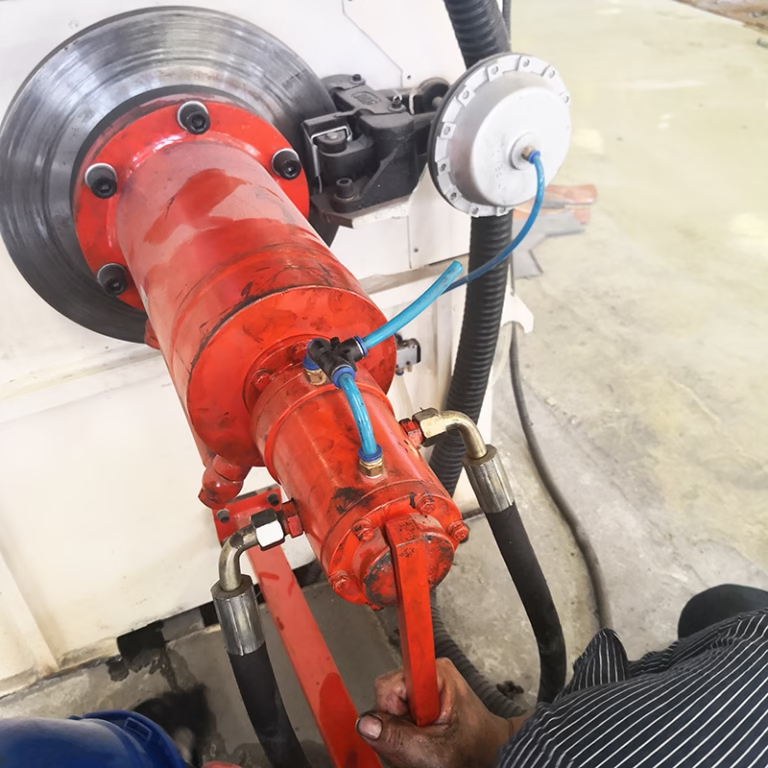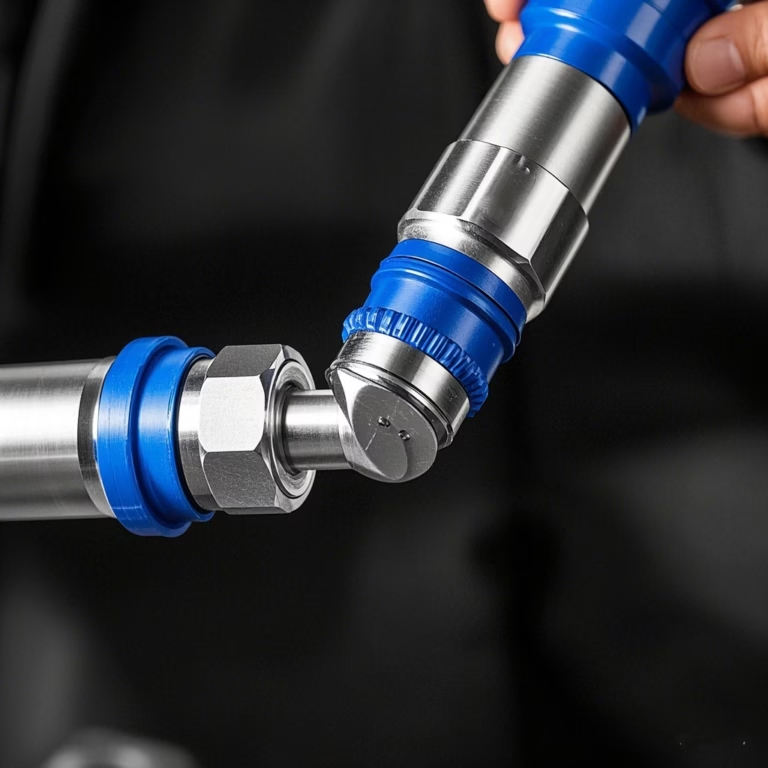A Complete Guide to Choosing the Best rotary manifold excavator
In today’s construction and mining industries, efficiency and reliability define success. Among the key components that make modern hydraulic systems so effective is the rotary manifold excavator—a precision-engineered device that allows continuous 360° rotation of the upper structure without tangling or breaking hydraulic hoses.
Also known as a hydraulic rotary manifold, swivel joint, or rotary union, this critical component ensures seamless transmission of hydraulic oil, coolant, or other fluids between the stationary undercarriage and rotating upper body of an excavator. Without it, excavators would face frequent hose damage, fluid leakage, and system downtime.
What’s a Rotary Manifold Excavator?
A rotary manifold in an excavator is a central hydraulic connector that enables fluid flow across rotating joints. It typically sits at the pivot point—between the upper carriage and lower chassis—and allows multiple fluid circuits to pass through simultaneously.
In a standard hydraulic excavator, the manifold transmits:
-
Main hydraulic pressure for boom, arm, and bucket cylinders.
-
Swing motor control pressure for upper body rotation.
-
Travel circuit fluid for the crawler tracks.
-
Auxiliary lines for attachments like breakers, grapples, and augers.
By enabling continuous rotation, the rotary manifold prevents hose twisting, reduces mechanical stress, and increases system durability—making it a cornerstone of modern hydraulic design.
How Does a Rotating Union Work in an Excavator?
The operation of a rotating union in an excavator is closely tied to the machine’s hydraulic system. Hydraulic systems in excavators use pressurized fluid to generate the force needed to move the various components of the machine, such as the arm, boom, and bucket.
When the excavator’s operator controls the machine, commands are sent to the hydraulic pump, which then pressurizes the hydraulic fluid. The pressurized fluid travels through a series of hoses and pipes to the rotating union. As the upper structure of the excavator rotates, the rotating union’s rotor turns along with it. The fluid then passes through the rotating union and continues its journey to the hydraulic cylinders and motors located on the rotating part of the machine.
For example, when the operator wants to extend the excavator’s arm, the hydraulic fluid flows from the pump, through the stationary part of the rotating union, and then through the rotating rotor to the hydraulic cylinder that controls the arm’s movement. This allows the arm to extend smoothly and with the necessary force. Similarly, when the operator wants to rotate the upper structure of the excavator, the rotating union ensures that the hydraulic fluid can still reach the components on the rotating part, enabling seamless rotation and operation.
Why the Rotary Manifold Is Crucial for Excavator Performance
A malfunctioning rotary manifold can compromise the entire hydraulic system. Here’s why this component is so vital:
1. Continuous Hydraulic Flow
Excavators must rotate 360° freely during operation. The rotary manifold ensures constant fluid transfer to both the travel and attachment circuits without interruption.
2. Enhanced Reliability
With precision-engineered seals and wear-resistant materials, a quality manifold prevents leaks even under high pressure (up to 35 MPa) and heavy vibration. This reliability minimizes downtime on-site.
3. Compact and Efficient Design
Modern rotary manifolds are designed for compactness—fitting into tight spaces beneath the cabin—while still accommodating multiple hydraulic passages (sometimes up to 12 or more).
4. Maintenance Reduction
High-quality sealing systems, advanced bearing designs, and smooth internal channels reduce wear and contamination, extending component life and cutting maintenance costs.
Types of Rotary Manifolds Used in Excavators
Different excavator models and job requirements demand different manifold designs. The main types include:
1. Single-Passage Manifolds
Used for simpler systems that require only one flow path, such as basic hydraulic tools or small excavators.
2. Multi-Passage Manifolds
Designed for advanced excavators and heavy equipment, these have multiple channels—allowing separate circuits for travel, swing, boom, and attachments.
3. High-Pressure Rotary Manifolds
Built for extreme working conditions, often using hardened steel housings, precision seals, and heat-treated spindles to withstand up to 40 MPa pressure.
4. Custom Rotary Manifolds
Tailored for OEM applications or special machinery, allowing integration of electrical slip rings or sensor lines for hybrid hydraulic-electrical systems.
How to Choose the Best Rotary Manifold for Your Excavator
Selecting the right rotary manifold excavator is a technical decision that impacts reliability, performance, and cost. Below are the key factors to consider.
1. Number of Hydraulic Passages
Identify how many circuits your excavator requires—travel, swing, boom, bucket, and auxiliary attachments. Each circuit needs its own passage to prevent cross-contamination.
2. Operating Pressure and Flow Rate
The manifold must withstand the system’s maximum working pressure. For example, a 35 MPa-rated manifold is ideal for large excavators. Flow capacity (L/min) must match the pump output to avoid pressure drop.
3. Material and Corrosion Resistance
For construction sites exposed to mud, dust, or brine (in snow-clearing applications), stainless steel or nickel-plated manifolds provide better corrosion protection and longer service life.
4. Seal Type and Quality
Choose high-performance seals (like NBR, Viton, or PTFE) that can resist hydraulic fluid, extreme temperatures, and abrasion. Proper sealing ensures leak-free operation even under high pressure.
5. Maintenance Accessibility
Look for manifolds with modular structures, easy-to-replace seals, and standard fittings. Simplified maintenance reduces downtime and total ownership cost.
6. Compatibility with Excavator Model
Ensure the manifold’s size, port configuration, and mounting dimensions match your excavator model (e.g., Komatsu, Hitachi, CAT, Doosan, Volvo, or Hyundai).
7. Manufacturer Reputation and Support
Choose a trusted manufacturer with proven expertise in rotary manifolds. Technical support, spare parts availability, and after-sales service are critical for long-term reliability.
Installation and Maintenance Best Practices
Installation Tips
-
Clean all hydraulic lines before connecting the manifold.
-
Torque bolts according to manufacturer specifications.
-
Use compatible hydraulic fluids and fittings.
-
Avoid excessive side load or misalignment during mounting.
Maintenance Schedule
-
Daily: Check for external leaks and abnormal noises.
-
Weekly: Inspect port fittings and hoses for wear.
-
Monthly: Test rotation smoothness under pressure.
-
Annually: Replace seals and clean internal channels.
Following these practices will keep your excavator’s rotary manifold operating smoothly for years.
Innovations and Future Trends in Rotary Manifold Excavators
The next generation of rotary manifolds integrates smart sensors and predictive maintenance technology. Key innovations include:
-
Integrated Pressure and Temperature Sensors: Real-time monitoring of hydraulic performance.
-
Modular Manifold Design: Easier customization and replacement.
-
Hybrid Hydraulic-Electrical Rotating Joints: Combine hydraulic flow with electrical signal transmission.
-
Lightweight Alloy Materials: Reduce total excavator weight and improve fuel efficiency.
-
AI-Driven Condition Monitoring: Predict seal wear and prevent unplanned downtime.
These advancements make rotary manifolds more efficient, intelligent, and adaptable to future machinery automation trends.
The Future of Rotating Unions in the Excavator Industry
As the excavator industry continues to evolve, so too will the technology behind rotating unions. There is a growing trend towards the development of more advanced and intelligent rotating unions. These new-generation unions may incorporate features such as built-in sensors that can monitor the condition of the union in real time, providing early warnings of potential failures.
Furthermore, with the increasing focus on sustainability in the construction and mining industries, there will be a demand for rotating unions that are more energy-efficient and environmentally friendly. Manufacturers are likely to invest in research and development to create rotating unions that can reduce fluid losses, improve overall system efficiency, and minimize the environmental impact of excavator operations.
FAQs About Rotating Unions for Excavators
Q1: What is a rotating union, and why is it critical for excavators?
A rotating union (or rotary joint) is a mechanical device that transfers fluids like hydraulic oil between an excavator’s stationary and rotating parts. It enables 360-degree movement without tangling hoses, ensuring continuous operation. Without it, excavators would face frequent hydraulic failures, costly downtime, and safety risks. For example, a failing union can leak fluid, lose pressure, or freeze rotation, halting tasks like trench digging or material lifting.
Q2: How often should I maintain my excavator’s rotating union?
Regular maintenance is key. Inspect for leaks daily and clean debris from ports weekly. Lubricate bearings every 250 hours (or as per OEM guidelines) and check torque specs monthly. Replace seals annually or if leaks persist. In harsh environments (e.g., dusty sites), shorten intervals. Proactive care extends lifespan by up to 50% compared to reactive fixes.
Q3: What are the signs of a failing rotating union, and how do I fix it?
Common issues include leaks, stiff rotation, or pressure drops. If fluid drips, replace worn seals or O-rings. For stiffness, clean bearings and check alignment. Low pressure? Flush blocked ports. Always use OEM-recommended parts—aftermarket options may lack durability. Pro Tip: Monitor temperature; overheating above 180°F (82°C) signals immediate replacement needs.
Conclusion
The rotary manifold excavator may be a small component, but its impact on performance, reliability, and productivity is enormous. Choosing the right one ensures smooth hydraulic operation, reduces maintenance costs, and extends the machine’s overall lifespan.
Whether you manage a construction fleet or operate a single excavator, understanding this component helps you make smarter purchasing and maintenance decisions. By selecting a high-quality rotary manifold—with proper material, sealing, and precision engineering—you safeguard your investment and enhance on-site efficiency.
When every minute counts in demanding construction environments, the right rotary manifold becomes not just a component, but the silent powerhouse that keeps your excavator moving.







